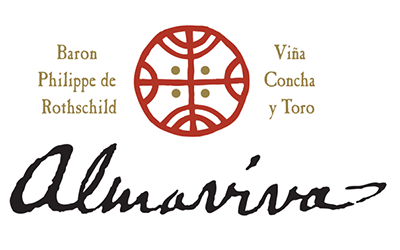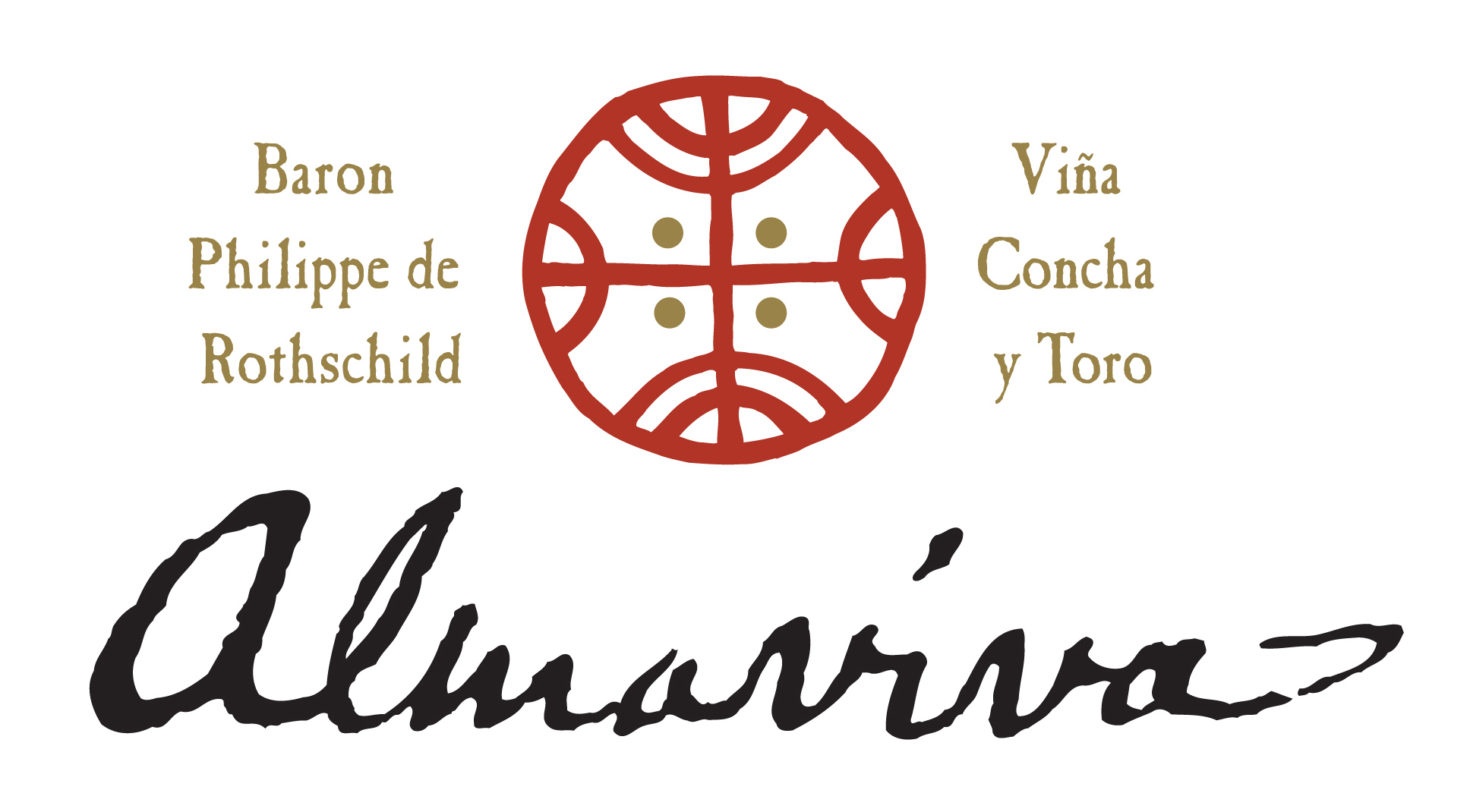
Alma Viva
One of the quieter, but most important, global wine markets is Japan, whose population has been called one of the most wine knowledgeable in the world. Consumption is still relatively low, but value is high, with sales of wine over $28.00 a bottle continuing to increase. And in February this year, the Japan Times reported that Japan had seen the world’s third-largest rate of growth, after South Africa and the US. We asked some industry observers for their view of the market.
FÉLIX SOLIS RAMOS export director, Félix Solis. Founded in 1952, Félix Solis is a major producer of wine and sangria, based in Valdepeñas and La Mancha. It is one of Spain’s top five wine companies, with logistic and commercial facilities in Japan, the US, Czech Republic, France, the UK, and Germany; and a bottling plant in Shanghai, China.
Basically we have been selling into Japan for a long time. The first major time we were there was the mid 1990s, when there was a bull market of consumption in Japan, because the healthy properties of wine had been advertised. There was a little boom in the market and that’s when we started with the brand. After that the market became quite flat. It was 2004 when we established a representative office and now we have our own person in Japan, taking care of the market.
Japan has a well-established wine culture and there is a small increase in wine consumption happening. The model of distribution is similar to elsewhere, with big retailing chains. The real difference is the chains of small shops, like 7-Eleven; there are more than 18,000, of a small size. The small-size shop is a big thing in Japan. The problem with them is that they have a big chunk of the market, but their range of wines isn’t very big. Typically it’s eight SKUs, so you have to fight hard to have a place. These shops have a central headquarters; 7-Eleven has a Japanese headquarter and you have to sell to them. It’s the same with the other chains. To enter these chains you have to have a very good product and an outstanding price.
Japan is a very loyal market and this is an important point, because when you enter an agreement with an importer it’s difficult to leave! The Japanese try and stick to the suppliers they have. It’s a long-term relationship and that’s why Japan is a positive market. Timing is much slower, in all senses. You have to pass through a lot of filters before you can start to do business.
The quality requirements of Japan are the highest in the world and this is important. You have guys coming to your factory twice a year so they can take special care about a lot of aspects. These are people working for the big importers, like Sapporo, that have very big quality assurance departments. I think they are experts on everything – wine, machinery, and they really help when they come here. They help you introduce a lot of safety protocols that really help a lot. Everything is about loyalty, trust, service and quality. European wines face problems because Chile has become the largest supplier of wine to Japan, because of the Free Trade Agreement that Chile has with Japan. Europe doesn’t have that yet, although it’s in negotiations. If Europe doesn’t get an agreement, it will be difficult to survive or increase sales.
CARL ROBINSON is CEO of Jeroboam, an importer of fine wine established in Japan in 2003, owned by Carl Robinson, Chateau Beaucastel, the Hugel family from Alsace and Pol Roger. Robinson arrived in Japan in 1996, and worked as a wine consultant before turning to importing.
Japan has had a bit of a double whammy recently, since the new government decided to devalue the yen. It has put a big strain on importers. Japan had little inflation for 20 years – a can of Coke cost the same 20 years ago as it does now. But there was a 30% change in the euro, and 40% against the US dollar, and wine prices have gone up; a 2012 Burgundy costs double that of a 2010 Burgundy. It’s made the market very challenging for the top wines. It’s changed the places where top wines are drunk – restaurants are no longer where fancy Burgundy is drunk. It’s moved to high-end retail. The other change that happened was the after effects of the [2011] earthquake and the following nuclear power station issue. Before, people would go out in the expensive Tokyo city centre, order an expensive bottle of wine and get the last train home. After the earthquake, there were no trains, so people finished work at 4:30 pm and headed out to the suburbs and drank more casually at local bars where cheaper wines were served. That habit has stuck, so there is now more local drinking and more casual drinking.
Chile is number one now in volume terms, something that was unheard of, because it’s been France forever. There was also the licensing change around 2010 and 2011, making it much easier for convenience stores to sell alcohol. Wine has appeared in 7-Eleven and other casual convenience stores, with the wine coming from Spain or Chile or anywhere that can supply at low prices. This is where Japan’s volume growth is occurring. The consumption of fine wine is the same as it was, it’s just being consumed in different places.
You can drink anything in Japan, it’s a very open-minded market. There’s a guy who only imports Canadian wine and he does just fine. It’s a very crowded and competitive market however, and importers are hounded and harangued. This is a relationship market, not a demand market, so if you’re not Romanée- Conti or Opus One then the demand has got to be built by the importer. It doesn’t matter how many points you’ve got, you’ve got to get an importer who’s able to build the brand and it takes time.
There’s crazy demand for natural wines. There are wine consumers in Japan who have never drunk a wine with sulphur in it. Many of the very top restaurants in Tokyo serve natural wines. After the earthquake and the culture shock of Fukushima, people got very nervous about what they ate and drank. Honesty in labelling has become very important to the Japanese. They have always cared about quality, but now it’s urgent. Natural wine hits that nail on the head.
You have to be very patient to succeed in Japan. We knew when we started Jeroboam that it would take ten years to build a reputation – and it took ten years. People want to know that you’re going to be around for the long term and you’re not an opportunist.
ANDRES BALLESTEROS ROSATI is Asia Director of Viña Almaviva, a joint venture between Baron Philippe de Rothschild and Concha y Toro based in the Maipo Valley, Chile. It produces one wine, Almaviva, a Cabernet-dominant Bordeaux blend.
Chile understands that it’s a producer of copper and fruits and other basics, so we are not interested in manufacturing, and are a country that pushes for FTAs. We have them with Korea (2004), China (2005) and Japan (2007), and Chile is in negotiation with other countries: copper is the door-opener, but wine is also a significant item that the government wants import tax benefits for. In Korea, the FTA immediately took Chilean wine to the number one spot at a very high-end level. Koreans thought they were getting a huge benefit, so they tried the expensive wines. The FTA with Japan went the opposite way: instead of tasting fine wine from Chile, the Japanese see they can save money and buy wine below 500JPY ($4.50). Previously, there were very few good wines under 500JPY and so what we’ve seen is that Chile has built a whole new category of very decent varietal wine at a price that didn’t exist before.
In the supermarkets, Chile’s strength is between 400JPY to 700JPY, or at the 700JPY to 900JPY level. Culturally the Japanese are very sensitive to applying force to a production, and so they appreciate the huge supply of Chilean wine in screwcap. They are also very conservative and traditional, and they know Cabernet, Chardonnay and Sauvignon Blanc.
When it comes to unusual varieties, like Viognier, demand drops significantly.
There are different levels of consumers – it’s a pyramid, and the higher up the pyramid the smaller the demand, and the higher the price of the product. Fine wines, Bordeaux, Almaviva and the Supertuscans are in demand. This market is stable, although not growing. These wines are sold in restaurants, and for corporate consumption. It’s not people buying a bottle and taking it home. Every four-star restaurant and above has a sommelier, and these are trained in France or they speak French. This is a great advantage for Almaviva, because the wine has the power of being the best of both worlds, being both Chilean and French. Our strategy is when it’s suitable, we expose our Bordeaux roots. In the retail sector, the consumer will see Almaviva as more of a Chilean wine.
The Japanese are very resilient, and they put the interests of the community before their own personal ones. At the moment, consumer confidence is variable because the yen has devalued, so imports cost more. The Japanese do not like price rises, so importers would rather hurt their own margins than pass on a price increase. This is a time to help your importer.



